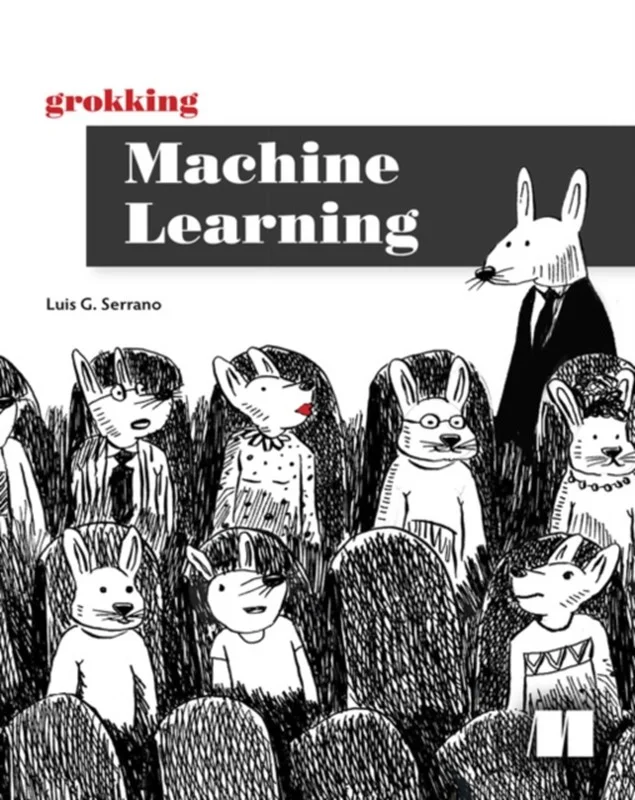Self-Sovereign Identity: Decentralized digital identity and verifiable credentials - Alex Preukschat - Bog - Manning Publications - Plusbog.dk
"This book is a comprehensive roadmap to the most crucial fix for today''s broken Internet." - Brian Behlendorf, GM for Blockchain, Healthcare and Identity at the Linux Foundation In a world of changing privacy regulations, identity theft, and online anonymity, identity is a precious and complex concept. Self-Sovereign Identity (SSI) is a set of technologies that move control of digital identity from third party “identity providers”directly to individuals, and it promises to be one of the most important trendsfor the coming decades. Now in Self-Sovereign Identity, privacy and personal data experts Drummond Reed and Alex Preukschat lay out a roadmap for a futureof personal sovereignty powered by the Blockchain and cryptography. Cutting through the technical jargon with dozens of practical use cases from experts across all major industries, it presents a clear and compelling argument for why SSI is a paradigm shift, and shows how you can be ready to be prepared forit. about the technology Trust onthe internet is at an all-time low. Large corporations and institutions control our personal data because we''ve never had a simple, safe, strong way to prove who we are online. Self-sovereign identity (SSI) changes all that. about the book In Self-Sovereign Identity: Decentralized digital identity and verifiable credentials, you''ll learn how SSI empowers us to receive digitally-signed credentials, store them in private wallets, and securely prove our online identities. It combines a clear, jargon-free introduction to this blockchain-inspired paradigm shift with interesting essays written by its leading practitioners. Whether for property transfer, ebanking, frictionless travel, or personalized services, the SSI model for digital trust will reshape our collective future. what''s inside · The architecture of SSI software and services · The technical, legal, and governance concepts behind SSI · How SSI affects global business industry-by-industry · Emerging standards for SSI about the reader For technology and business readers. No prior SSI, cryptography, or blockchain experience required. aboutthe author Drummond Reed is the Chief Trust Officer at Evernym, a technology leader in SSI. Alex Preukschat is the co-founder of SSIMeetup.org and AlianzaBlockchain.org.





























